Plant Pathology Resources
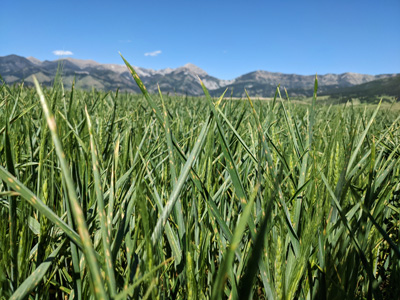
Physiological leafspots on winter wheat. Field study conducted in Bozeman. Photo by Uta McKelvy. Larger image (473KB)
This page contains research-based plant pathology resources. Information is categorized into 6 primary sections, which can be found in the page contents.
We collaborate with agricultural professionals to develop and deliver unbiased, research-based information on field crop diseases and their management.
Under each heading on this page is a list of links that relate to the title of the section. There is also a selection of embedded Extension Plant Pathology videos toward the bottom of the page.
Please direct field crop pathology-related inquiries, questions, and comments to Uta McKelvy.
Contents
- Plant Diseases and Management
- Fungicides
- Production Guides
- Plant Pathology Tools
- Useful Links
- Extension Plant Pathology on YouTube
Plant Diseases and Management
This section contains resources for plant diseases, including how to manage and identify crop issues. There are sub-sections for both small grains and pulse crops.
Small Grains
- Small Grain Root and Crown Diseases (MontGuide)
- Picture Guide to Root and Crown Diseases of Cereal Crops in Montana
- Fungal, Bacterial, and Physiological Leaf Diseases of Cereal Crops (MontGuide)
- Picture Guide to Foliar Diseases of Cereal Crops in Montana
- Fusarium Head Blight (Scab) of Wheat and Barley (MontGuide)
- Picture Guide to Head Diseases of Wheat and Barley in Montana
- Cereal Viruses of Importance in Montana (MontGuide)
- Wheat Streak Mosaic FAQs (MSU Extension Fact Sheet)
- Mite-Transmitted Virus Disease Complex of Wheat in the Great Plains of the United States (regional Extension publication published by University of Nebraska Extension Publications)
- Management of Wheat Streak Mosaic Virus in Cereals Requires Integrated Pest Management
- Pathogenic Nematodes of Wheat and Barley (MontGuide)
- Wheat Disease Identification (2MB PDF)
- This publication contains images, brief descriptions, and management recommendations of diseases affecting head, grain, leaves, lower stems, roots, and rare and emerging diseases of wheat. To learn more about wheat disease identification and management strategies contact MSU Extension specialist Uta McKelvy.
Pulse Crops
- Diseases of Cool Season Legumes (MSU Extension Publication Webpage)
- Download the PDF version here!
- Chickpea Disease Diagnostic Series (Regional Extension publication published by North Dakota State University; PDF)
- Pea Disease Diagnostic Series (Regional Extension publication published by North Dakota State University; PDF)
- Lentil Disease Diagnostic Series (Regional Extension publication published by North Dakota State University; PDF)
Fungicides
This section contains resources for fungicides, including information on use and prevention, seed treatments, and foliar fungicides. Visit the Extension Pesticide Education Program to learn more about fungicide safety.
Fungicide Use and Resistance Prevention
- Fungicide Use in Field Crops: Classification, Risks, Use and Economics (MontGuide)
- Fungicide Use in Field Crops: Benefits and Risks
Seed Treatments
- Small Grain Seed Treatment Guide (MontGuide)
- 2025 Fungicides Seed Treatments Registered for Disease Control in Pea, Lentil, and Chickpea
Foliar Fungicides
- 2023 Foliar Fungicide Efficacy Ratings for Wheat Disease Management
- 2025 Foliar Fungicides Registered for Disease Control in Pea, Lentil, and Chickpea
Production Guides
Production guides for Montana wheat, barley, and chickpea, along with a pulse crop math game.
- Montana Wheat Production Guide (MSU Extension Publication)
- Montana Barley Production Guide (MSU Extension Publication)
- Montana Cool Season Pulse Production Guide (MSU Extension Publication)
- Chickpea Production (MontGuide)
Plant Pathology Tools
Tools to assess Montana wheat crop issues. Links may lead away from this MSU website, but they provide additional information that is consistent with field crop pathology.
- AWaRe: Assessment of Wheat Streak Mosaic Risk
- AWaRe is an interactive, online learning tool that demonstrates the most important risk factors for wheat streak mosaic disease in Montana and the Northern Great Plains.
- Fungicide Decision Tool
- This tool is intended to assist growers in making a decision about whether to apply fungicide to dryland wheat in Montana
Useful Links
More useful field crop pathology resources. Links may lead away from this website.
- High Plains IPM Guide
- The High Integrated Pest Management Guide is intended to provide current effective management options for plant pathogens, for insect and other arthropod pests, and for weeds affecting all major field crops grown in Colorado, Montana, Wyoming, and Western Nebraska.
- Images of Diseases and Pests
- Crop Protection Network
- The Crop Protection Network (CPN) produces unbiased, collaborative outputs on important issues affecting field crops in the United States and Canada. The CPN is a product of Land Grant Universities.
- Grow: Plant Health Exchange
- Grow is a place for plant health management professionals to exchange knowledge and discover the latest applied research. Access this collection of resources produced to enhance professional knowledge, increase profitability, and improve sustainability of plant production. Grow is an outreach service of The American Phytopathological Society.
- MyFields (formerly iWheat)
- ScabSmart website
- The ScabSmart website provides key management information for each small grain class affected by Fusarium Head Blight (FHB = Scab) in the U.S. The website is intended as a quick guide to the integrated strategies that result in optimum reduction in FHB and the primary associated mycotoxin (DON).
- Cereal Rust Laboratory
- Francis the Farmer (Animated Video on Vimeo)
- Enzyme Linked Immunosorbant Assay Video (private Vimeo video, use password: plantvirus)
Extension Plant Pathology on YouTube
Selecting a title will open up the a YouTube video on YouTube. Stay up to date with the latest IPM video releases by subscribing to the MSU Extension YouTube channel.
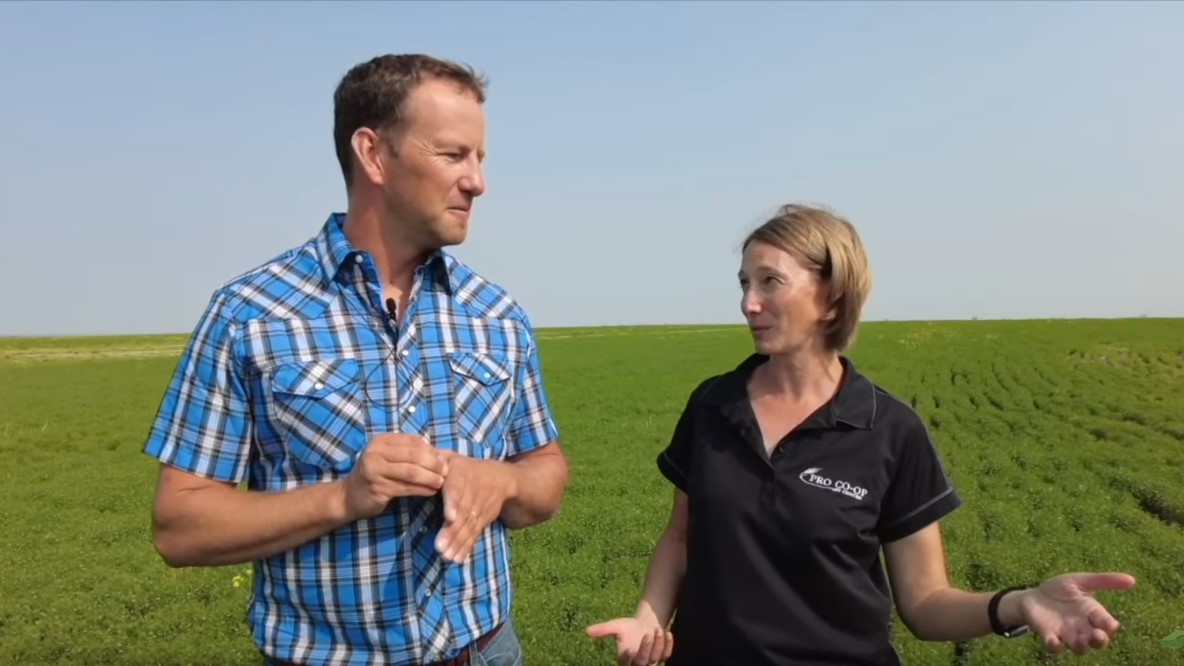
Aphanomyces Episode 1: The scope and impact in North Dakota and Montana
In the pulse growing regions of Montana and North Dakota, Aphanomyces root rot has caused a crisis in a crop that is vital to farmers and the region at large. In this first video Sean Haney from Real Agriculture visits with Blake Rasmussen, a farmer in Plentywood, Montana, and Jeanie Rude, Agronomist at Pro Co-op Ag Center, to shed light on the historical context of this problem and the widespread impact this disease has on it has not only on Blake’s farm but the community, as well..
This video is a collaborative effort between Real Agriculture, the Pulse Crop Working Group, North Dakota State University, and Montana State University, with funding provided by USDA NIFA-CPPM through the North Central IPM Center.
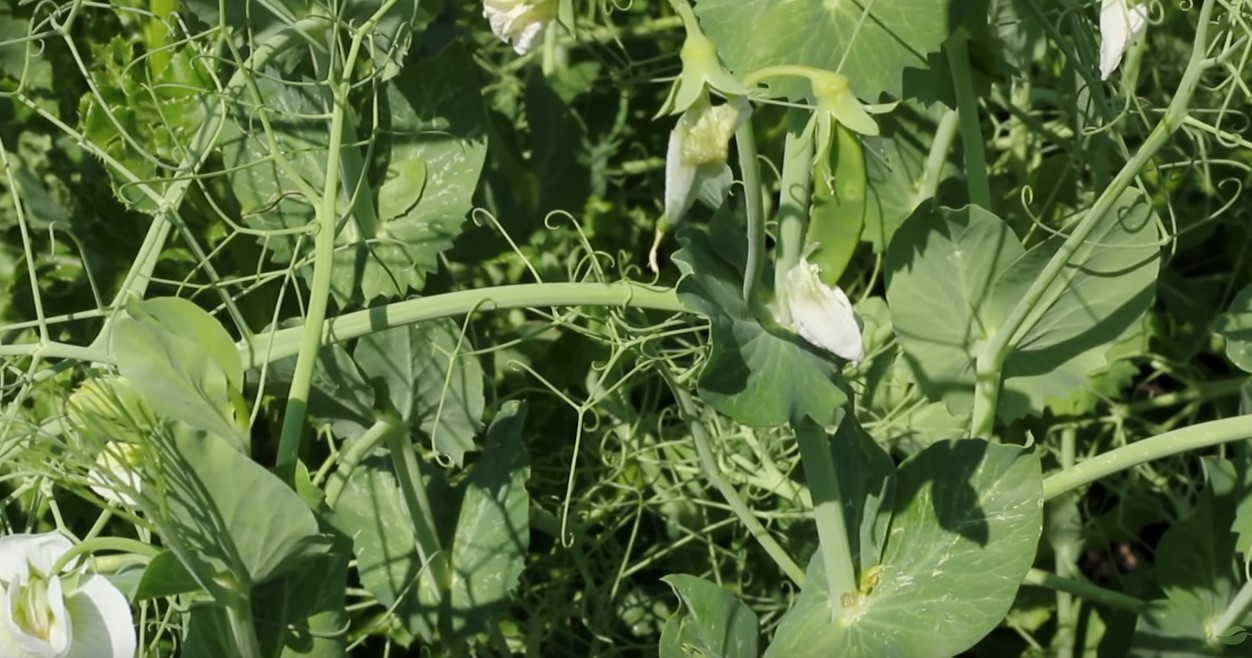
Aphanomyces in North Dakota and Montana Episode 2: Where do we go from here?
In Montana and North Dakota, Aphanomyces root rot is wreaking havoc in pulse crops that provide immense value to farmers and the region at large. Join us in this second video as we hear from Blake Rasmussen, a Sheridan County farmer, and Jeannie Rude from the Pro Co-op Ag Center, shedding light on the extent of the damage and its implications for pulse crop production in the region. They also discuss how collaboration between farmers, campuses, and extension services can help identify and combat the disease while promoting best agronomic practices to ensure the sustainability of pulse crops in the rotation.
This video is a collaborative effort between Real Agriculture, the Pulse Crop Working Group, North Dakota State University, and Montana State University, with funding provided by USDA NIFA-CPPM through the North Central IPM Center.
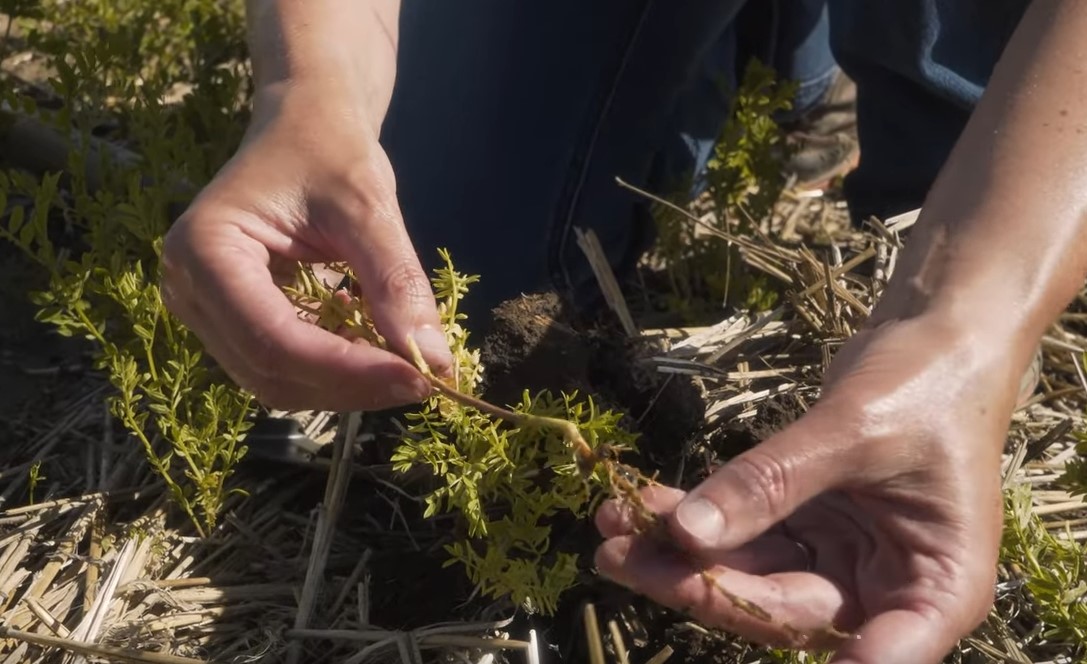
How to prevent root rot in pulses
Pulse crop production has dramatically increased within the state of Montana in the last few years, and so has root rot cases in these crops. Learn what causes root rot issues to arise and what you can do to take control of your fields.
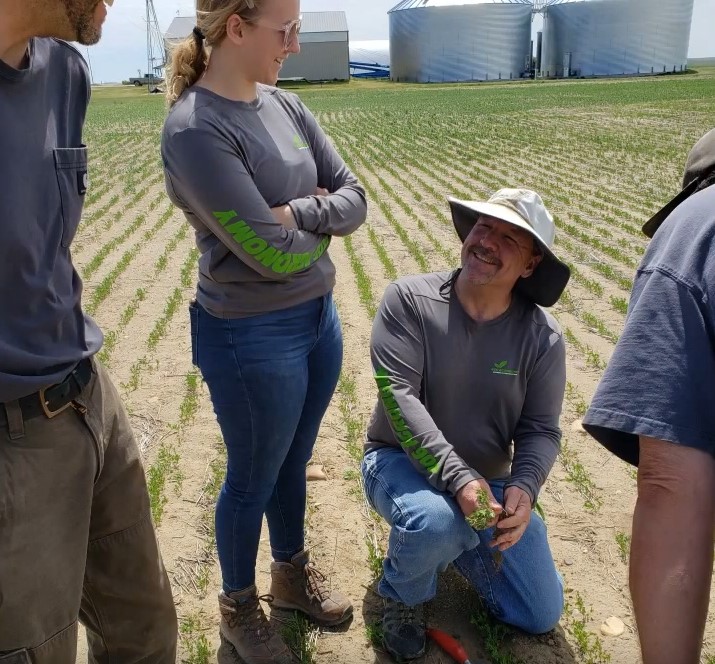
Observations from the road: Lentils
This week the Extension Plant Pathology Lab at Montana State did a tour of lentil production areas of Montana. We observed some agronomic and insect issues while searching for root rot.
Presented by Mary Burrows, from the Schutter Diagnostic Lab.
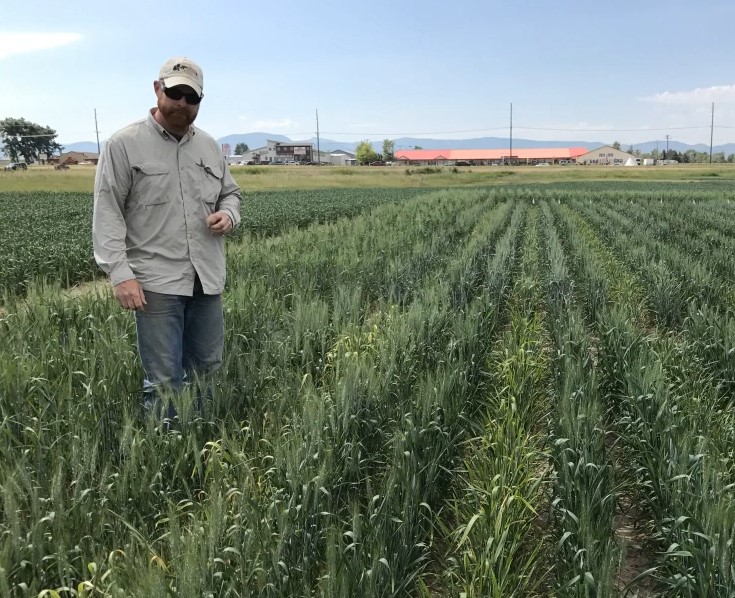
Wheat streak mosaic virus tools and management for fall planning
This week we discuss cereal viruses, their management in spring 2020 in Montana, and a tool called AWaRe (Assessment of Wheat streak mosaic Risk) to help growers think about risk factors this fall.
Presented by Mary Burrows, from the Schutter Diagnostic Lab.
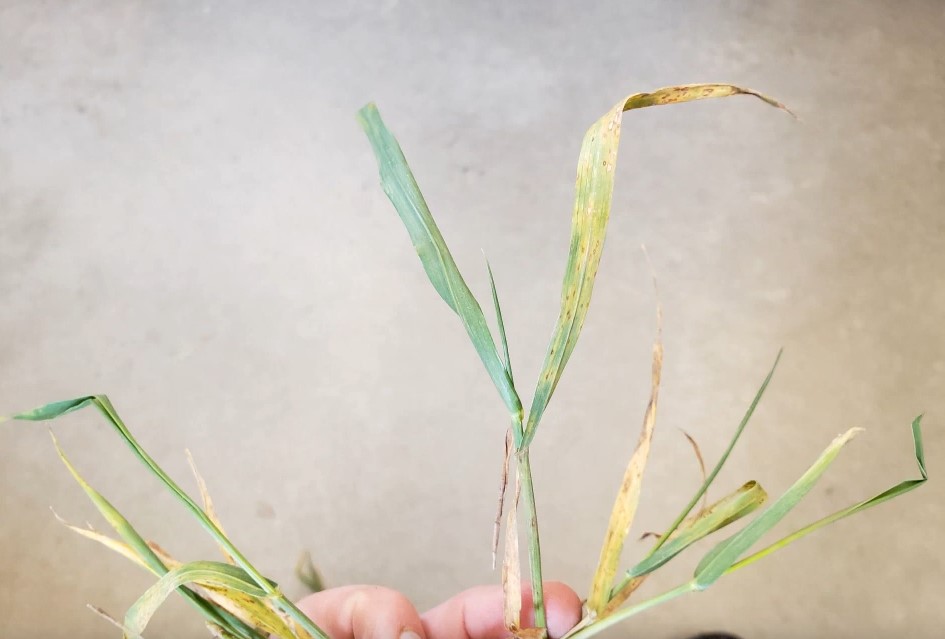
Diagnostic snapshot: cold wheat and diseases
There is yellow wheat during this third week of March, 2020. Some causes include the environment and disease. This video discusses some common samples that have come into the clinic and the economics of fungicide applications.
Presented by Mary Burrows, from the Schutter Diagnostic Lab.
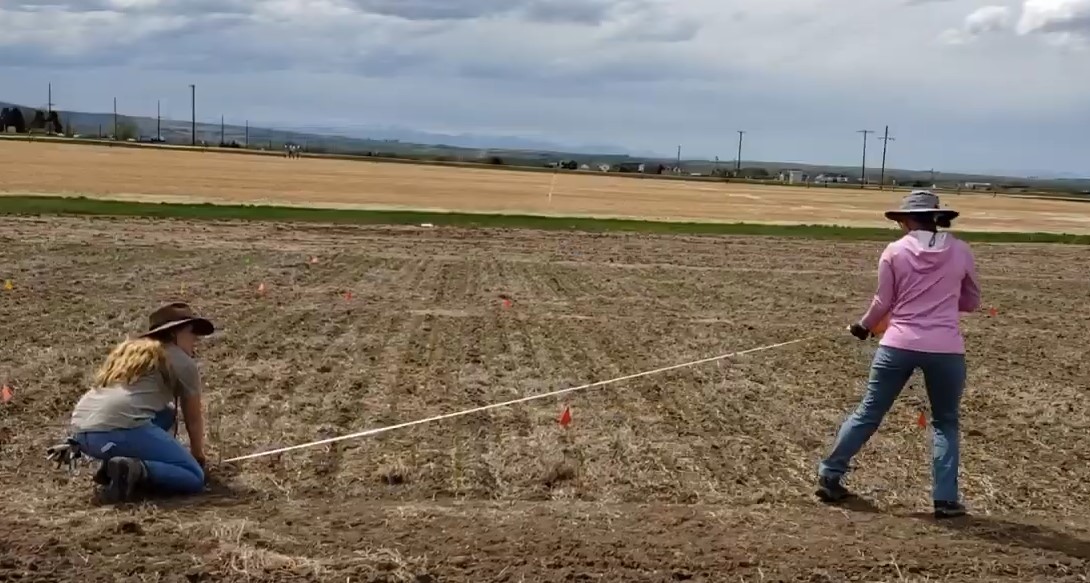
Fungicide seed treatments for root rot in lentil
This video discusses establishing plots to determine the efficacy of seed treatment fungicides for management of root rot in lentil. We talk about the symptoms of root rot, how we inoculate and design plots, and what results we expect from this trial.
Presented by Mary Burrows, from the Schutter Diagnostic Lab.
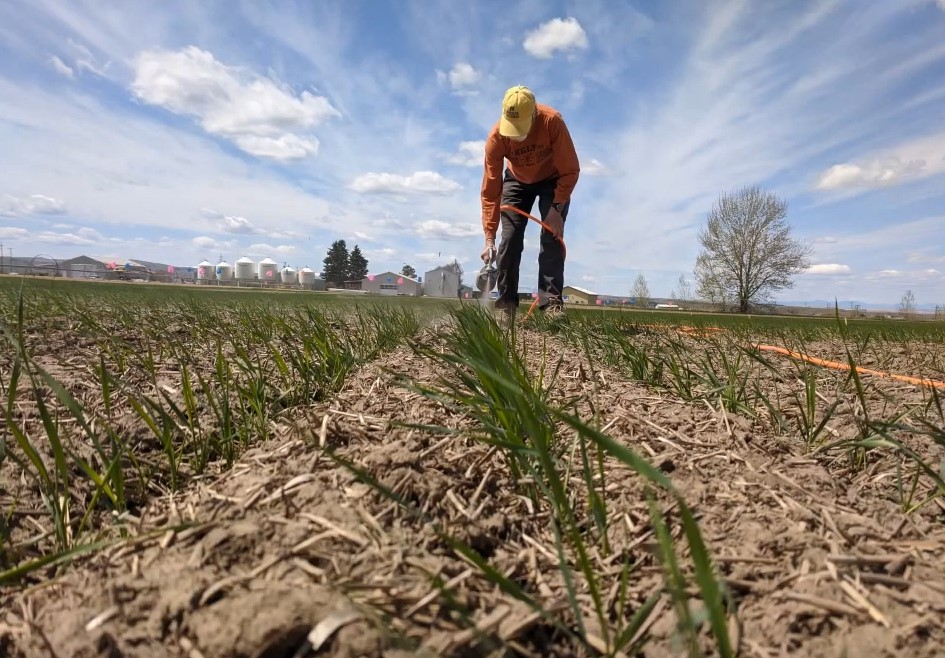
Inoculating wheat streak mosaic virus on winter wheat
MSU Extension Plant Pathology explains about Wheat Streak Mosaic Virus.
Presented by Mary Burrows, from the Schutter Diagnostic Lab.
Further Information
Check back often, because new content is regularly created. Use the links below to explore more of this website. Please direct field crop pathology-related inquiries, questions, and comments to Uta McKelvy.
Disclaimer: The Montana State University Extension Service is an ADA/EO/AA/Veteran’s Preference Employer and Provider of Educational Outreach. The U.S. Department of Agriculture (USDA), Montana State University and Montana State University Extension prohibit discrimination in all of their programs and activities on the basis of race, color, national origin, gender, religion, age, disability, political beliefs, sexual orientation, and marital and family status.
